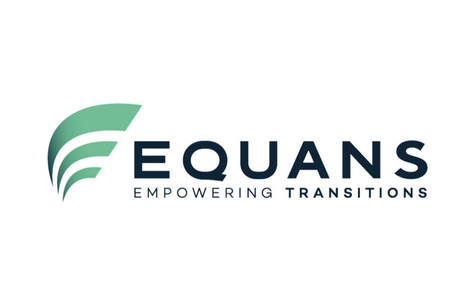The 7 Steps to Reliability based on FRACAS (Failure Reporting, Analysis, and Corrective Action System)
Introduction
Industry incidents in recent years have highlighted the importance of improving Asset Integrity. PAS55 and ISO55000 have been developed to implement a top-down approach to manage assets throughout their lifecycle. The aim is to do this in a way that ensures the highest reliability, availability and maintainability in a sustainable way.
Developing a comprehensive plan to report, analyse and correct failures is very important in this context. This is known as a Failure Reporting, Analysis, and Corrective Action System (FRACAS). By implementing such a plan, the performance of the assets can be continuously improved by eliminating recurring failures.
This two-day training teaches the participants to set up a solid FRACAS system in their own company.
Target group
Everyone who is involved in optimising the reliability of the installations in the company. After all, FRACAS is the backbone of the reliability efforts.

Overview of the seven steps
- Start by defining the purpose very clearly;
- Establish a system for data collection;
- Establish RASCI model: Responsible, Accountable, Supported, Consulted, Informed;
- Establish guidelines and procedures;
- Develop a training plan and implement;
- Implement FRACAS;
- Follow up the results and adjust where necessary.
What you learn during this course
- What is a FRACAS?
- The definition of a failure;
- The basic elements of a FRACAS;
- How to develop fault codes for a FRACAS;
- Determining how to track malfunction data;
- How to define FRACAS responsibilities;
- How to develop a training plan;
- How to analyse FRACAS data;
- How to develop FRACAS KPIs;
- How to follow up on corrective actions;

What do you do during this course
- Draw up a first version of a FRACAS manual for your company;
- Draw up a plan for keeping track of failure data in your company;
- Preparing a series of failure codes for a certain installation;
- Preparing a RASCI matrix for a FRACAS;
- Prepare a training matrix;
- Prepare a set of criteria for selecting corrective actions;
- Draw up a set of FRACAS KPIs.
Programma
Session 1: What is FRACAS?
In order to create clarity about what FRACAS exactly entails, the definitions are gone through:
- What is a 'failure'?
- What is a "corrective action"?
- What is a 'system'?
- How does FRACAS fit within Asset Integrity Management (AIM), PAS55, and ISO55000?

Session 2: collecting data
It is important to know what specific data is needed:
- Defining what data is needed;
- Understand how the goals of the business determine what data is important;
- Understand the relationship between the data and equipment criticality;
- Draw up a plan for collecting the data.
Session 3:Fault codes for FRACAS
- What is a fault?
- Understand how to create user-friendly fault codes;
- Understand how fault codes belong in your data;
Session 4: Roles within FRACAS
- The role of 'Boss';
- The role of 'Champion';
- The role of operators and technicians;
- The role of engineers and co.
Session 5: Guidelines and procedures
- Understand the importance of clear guidelines;
- Establish procedures for collecting data;
- Establish procedures for analysing data;
- Establish procedures for implementing corrective actions.
Session 6: drawing up an RAS/CI Matrix
- The tasks of the responsible person;
- The tasks of the 'accountable';
- The tasks of the 'supporter/consultant';
- The importance of good information flows;
- Developing a list of tasks for the organisation.
Session 7: Rolling out FRACAS
- Setting up a communication structure;
- Draw up a training mix based on the needs;
- Defining training responsibilities;
- Understanding the importance of training for new employees.
Session 8: Analysing FRACAS data
- Understand the impact of recurring failures;
- Using Pareto analysis to set priorities;
- Using Weibull analysis to analyse common failures.
Session 9: Corrective Actions
- Understand failure analysis;
- Know when to use Root Cause Analysis (RCA);
- Know when to use Reliability-Centered Maintenance (RCM).
Session 10: Measuring the effectiveness of FRACAS
- Understand the importance of simple indicators
- Measuring when basic FRACAS activities are happening;
- Measuring when corrective actions are implemented;
- Measuring the effectiveness of corrective actions.
Session 11: Choosing a software system for FRACAS
- Understand the basic elements of data collection;
- Understand which basic data must definitely be recorded.
KMO Portefeuille
BEMAS is recognised as a certified training provider in the framework of the SME wallet. If your company meets the conditions, you can save up to 40% on your participation. You can find more information on the website of the SME wallet.






